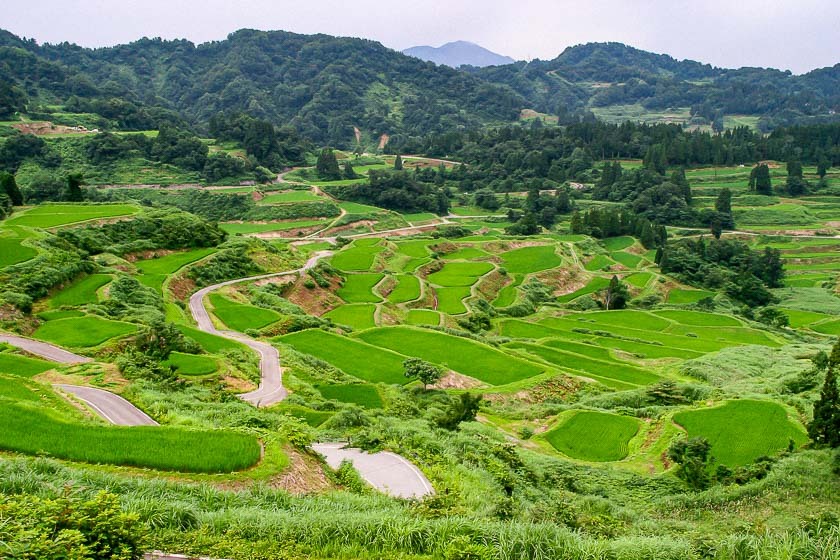Rice and everything nice

Rice is a staple in the Japanese diet, and has been cultivated domestically for over 2000 years. Approximately 8 million tons of rice is cultivated all across Japan, and Niigata is the largest rice growing prefecture, followed by Hokkaido. There are over a hundred grain varieties, and the most common one is koshihikari.
Rice cultivation is taken very seriously in Japan. Not only are the flavour and texture of rice subject to assessment by a panel, the rice varieties are also ranked on a 5-grade scale: Toku A, which is the highest rank, A, A', B and B'. Popular and consistently Toku A ranked varieties include Hokkaido's Yumepirika and Nanatsuboshi, Niigata's Koshihikari from Uonuma, Fukushima's Koshihikari from Aizu.
The process of growing to harvesting rice differs depending on region, but generally takes place from May through September for most prefectures in Japan. However, more southern prefectures like Okinawa, Kagoshima, Miyazaki and Kochi tend to plant rice earlier and can manage two harvests per year.





The rice fields are first tilled and flooded before the rice is planted. Planting rice the traditional way is a backbreaking job that can be experienced as a paid activity at some farms. During the growing phase, which is typically from June to August, farmers take care of their growing rice plants by removing weeds and pests. As autumn approaches in September and October, the colour of the rice fields change from lush green to a golden yellow hue, an indication that the rice is ready to be harvested.
With such an incredible amount of rice cultivated in Japan, rice fields are commonplace outside of the cities. Some rice fields, however, have gained the reputation for being particularly scenic thanks to their hillside location. Additionally, rice field art or tanbo art, in which various types of rice are grown to create a massive image, has become a popular sightseeing attraction in recent years.













